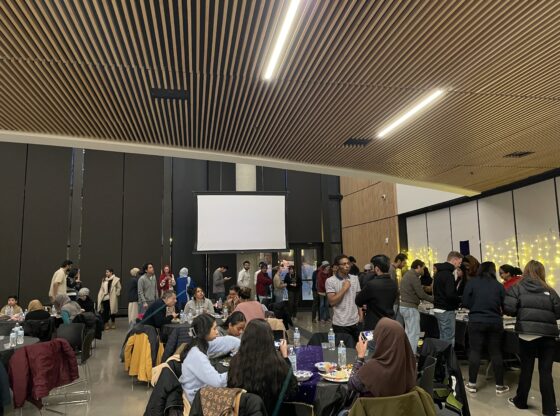As many may already know, the month of March is celebrated as Women’s History Month in the United States. This is a time that is set aside as an opportunity to recognize and celebrate the contributions of women to our society. Each year, there is a theme for this month, and in 2024, that theme is “Women Who Advocate for Equity, Diversity and Inclusion.”
There are countless inspiring examples of male leaders of diversity, equity and inclusion (DEI) initiatives throughout history. Figures such as Dr. Martin Luther King Jr., Cesar Chavez and Bayard Rustin are household names in the world of DEI. Names like Emma Tenayuca, Angela Davis and Linda Sarsour are not. However, research shows that modern women work twice as hard to promote DEI initiatives in their workplaces.
Why does this gap between the diversity efforts of men and women exist? There are a few possible reasons.
First and foremost, it is believed that because women already have experience dealing with biases and extra social and systemic barriers in the workplace, they bring an understanding of issues surrounding DEI that many of their male counterparts simply cannot.
Another possible explanation is that women are typically more associated with empathy. Whether or not this association with empathy is a result of a natural predisposition or because of a learned behavior pushed onto girls from a young age is subject to debate. However, whether taught or innate, it is proven that women tend to experience more empathy towards those experiencing hardship. As a result, women tend to be able to connect more deeply to the experiences of individuals and groups facing inequity.
Despite all of this, many women do not seem to be properly recognized for their work in DEI in the professional world. In fact, 40% of women reported that their efforts to increase inclusion were not recognized or counted in their performance reviews.
It is easy to assume that this evidence suggests that simply hiring more women into the workforce should solve many DEI issues. Unfortunately, this is far from reality. Many companies believe themselves to be pinnacles of diversity because they boast a comparatively higher ratio of female to male employees.
Inequity, however, is subject to a phenomenon called intersectionality. There have been numerous incidents in professional America wherein Women of Color have experienced discrimination that is distinct from the discrimination faced by both their white female counterparts and their male coworkers of color.
Women in DEI have made incredible progress over the last century. However, moving forward, we must shift our focus to more modern issues. Rather than simply focusing on the inclusion of women as a homogenous entity, specific attention must be paid to the unique struggles of women of all backgrounds—such as the different forms of racism and xenophobia experienced by different groups—so that all women may enjoy the benefits of feminism.










